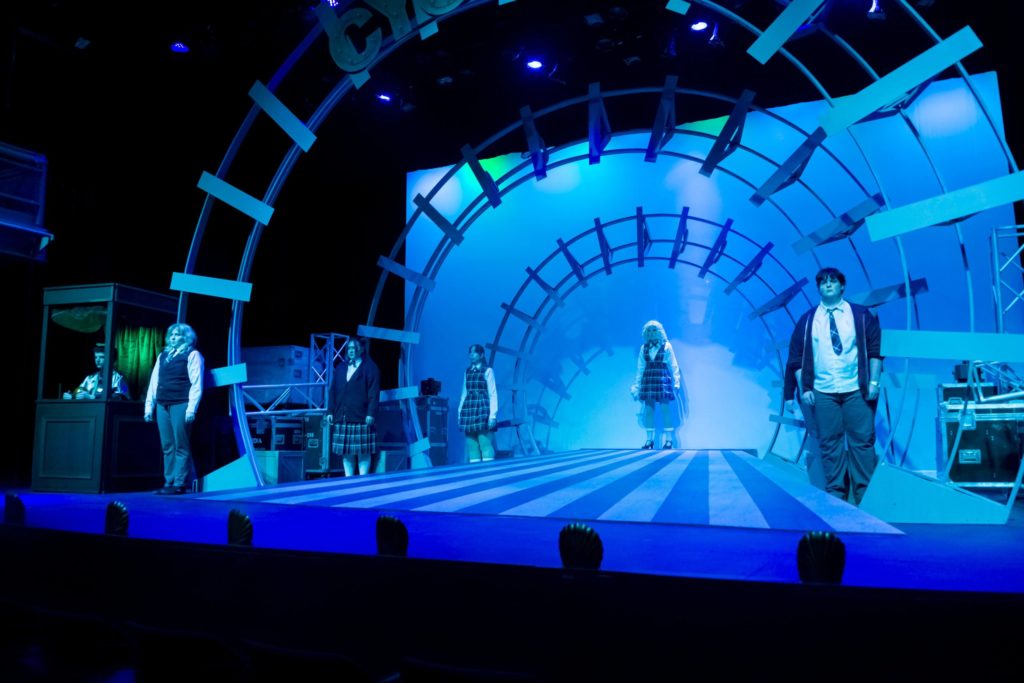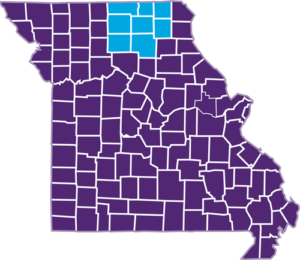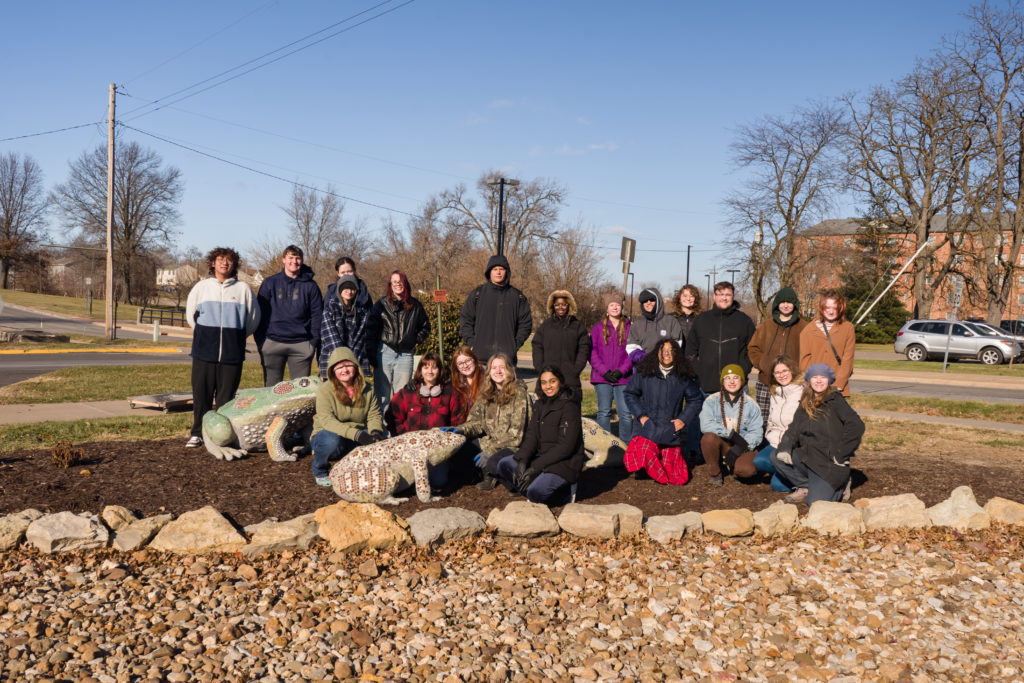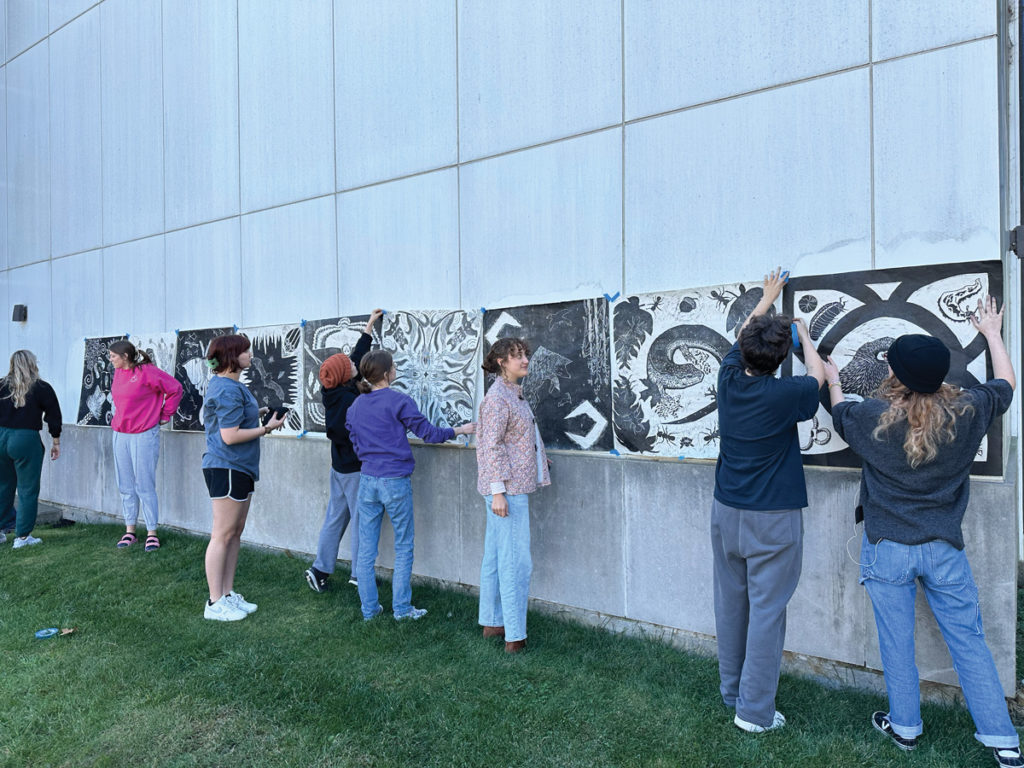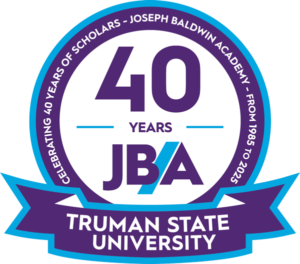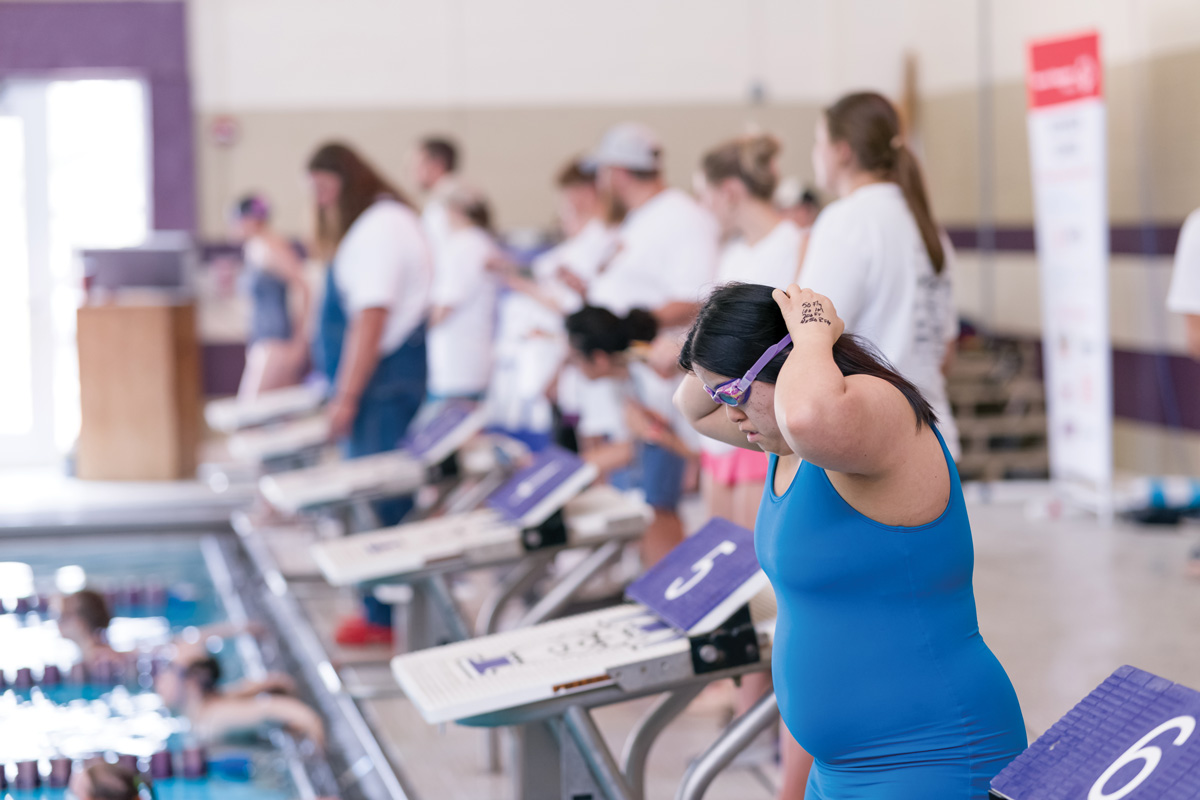Truman Theatre’s production of “Ride the Cyclone” was invited to be performed at the Kennedy Center American College Theater Festival in Des Moines, Iowa.
For more than 50 years, KCACTF has supported and celebrated all things theatre at colleges and universities. Truman is in Region 5, which includes schools from Iowa, Kansas, Minnesota, Missouri, Nebraska, North Dakota and South Dakota. Of the nearly 300 productions taking place in KCACTF Region 5 this year, “Ride the Cyclone” was one of only four to be invited to perform at the festival.
“It was really an amazing experience for our students to have a production invited to the festival,” said Brad Carlson, associate professor of theatre and chair of the Department of Communication and Theatre Arts. “Over 1,300 theatre students, faculty, staff and guest artists attended the festival. There was an amazing outpouring of enthusiasm from the festival audience.”
“Ride the Cyclone” ran on campus in November. This somewhat new production blends comedy, tragedy and enchantment as it tells the story of six teenage chamber choir members who meet their fate on a doomed roller coaster ride.
Prior to finals week, the department learned “Ride the Cyclone” had been invited to perform at the festival. That allowed the cast to host a rehearsal before break, followed by two more full rehearsals at the start of the semester before making the trip to Des Moines in January. This is the first Truman production to be performed at a KCACTF festival. “Ghosts in the Machine” was previously included in a virtual festival.
Carlson knew “Ride the Cyclone” would be in consideration for a performance and factored that into the original stage construction.
“I took that as an opportunity to build the set as a traveling production,” he said. “This isn’t something that we typically do, and it was a great opportunity for our students to build in a different construction method than our typical builds.”
The set was engineered to come apart in manageable pieces and fit into a box truck for transport to the festival. Some elements needed to be reengineered to make them travel more easily, and most of that work was done during the winter break.
“Ride the Cyclone” was not the only Truman production to be honored. “The Rocky Horror Show” earned more accolades than any other production in Region 5. In total, five Truman productions from the past year received recognition at this year’s festival, as did a number of individuals.
Jonathan Wehmeyer, assistant professor of theatre, received the National Alliance of Acting Teachers’ Acting Teacher of Excellence award. Carlson was awarded the Kennedy Center Gold Medallion. It is the most prestigious award given by KCACTF and is considered one of the greatest honors in educational theatre. This award honors individuals or organizations that have made extraordinary contributions to the teaching and producing of theatre and who have significantly dedicated their time, artistry and enthusiasm to the development of KCACTF.

